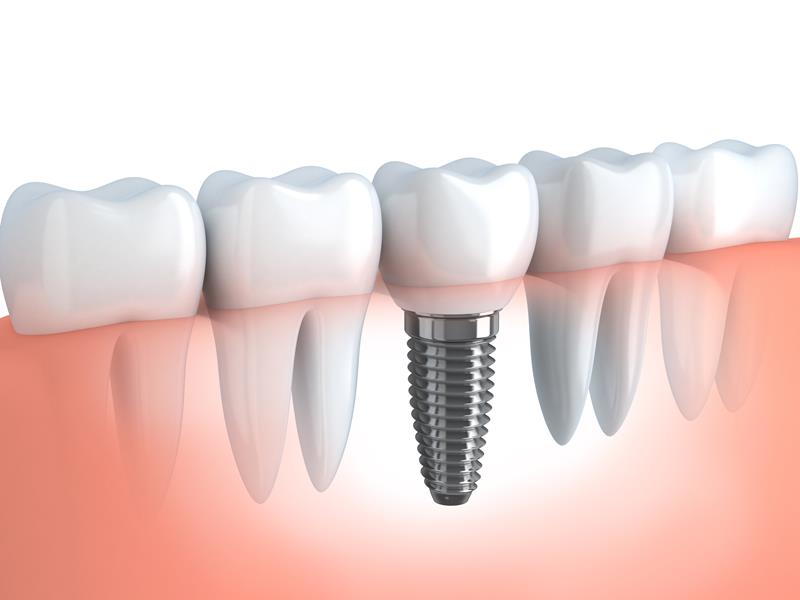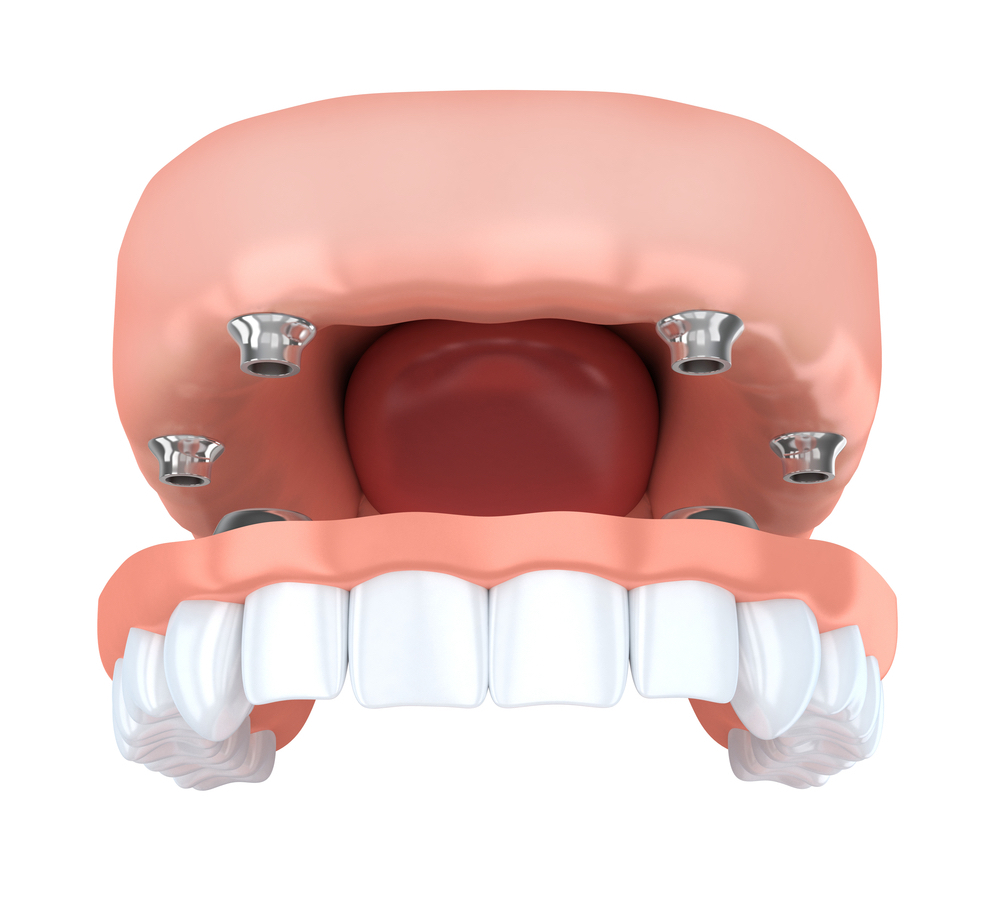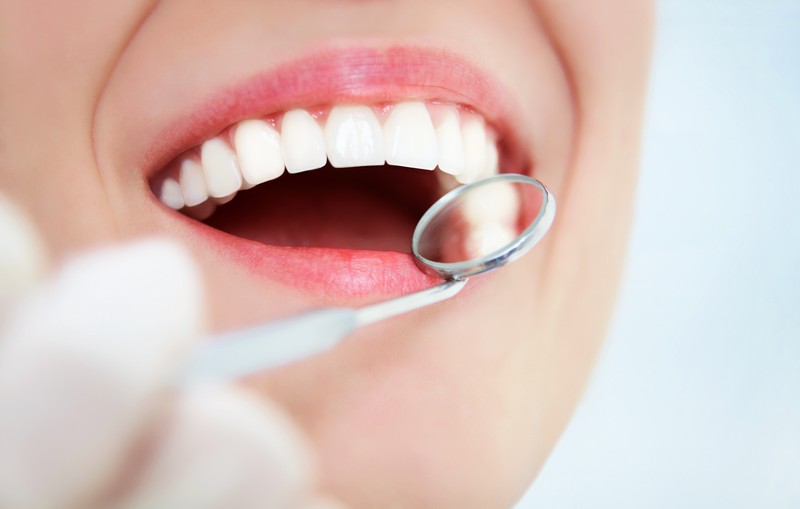
Our goal with cosmetic dentistry
...is to give you a smile of which you can be proud of. All people, no matter what their background or profession, want a beautiful smile they can show off.
We offer both minor and major changes to help you feel better about your teeth. We offer procedures to help improve the way your teeth look, whether they are discolored, chipped, irregular, or something else. To ensure you are proud of your smile again, we offer the following dental procedures:
Implant & Surgical

Dental Implants
When you have missing teeth, an alternative solution to dentures is dental implants. While dentures are removable, dental implants provide permanent new teeth to restore your mouth’s function and appearance. Dental implants tend to offer a successful and lasting solution to the loss of some or all of your teeth.
Here at Beetham Dentistry, we are proud to offer dental implants to our patients.
Our goal
...to give our patients smiles which they can be proud of. If you have missing teeth, you may need dental implants. We don’t want you to suffer from a smile that embarrasses you.
Benefits of Dental Implants
Besides appearance, dental implants are needed for good dental health. Food, plaque, and bacteria will build up wherever you are missing teeth. This buildup can be really hard to clean, so you may end up developing cavities and other dental problems.
Dental implants have many other benefits too. It is easier to eat with them. Also, many people find that their speech is much better.
How Dental Implants Work
Dental implants are used to replace your teeth roots. They act as roots (and a base) for permanent teeth that will be placed later. Without implants, your artificial teeth will be weak, and you may end up losing them.
When done correctly and cared for properly, dental implants can last a patient’s whole life. It is still important to brush your teeth, floss, and use mouthwash with implants. It is also important to maintain routine dental checkups to ensure your mouth is still healthy.
If you have any questions about dental implants or how we can help your smile, feel free to contact us today at (425) 825-8800.

Implant Supported Dentures
Dental Implant Supported Dentures have been gaining popularity recently. This style of dentures has helped many people replace their missing teeth and live in relative comfort while being able to maintain all the looks and functionality of the teeth that they once had. Here is some information about Dental Implant Supported Dentures to help you understand how they can benefit your dental health.
What are Dental Implant Supported Dentures?
These are types of dentures are supported by and attached to implants. Regular dentures simply rest on top of the gums and cannot be attached. Implant-supported dentures, on the other hand, are attached to the mouth. They are given to people who don’t have teeth in the jaw but still have enough bone to support an implant. These dentures will snap into place with attachments that are fixed to the implants.
Types of Implant Supported Dentures
- Bar-retained Dentures – these dentures contain a metal bar that follows along the curve of your jawline. They usually span two to five implants that have been surgically placed into your jawbone. The bar will be affixed with attachments that allow the denture to be clipped securely onto it, making for a stable smile.
- Ball-retained Dentures – Ball-shaped attachments will be fixed into sockets that are on the denture. Each jaw implant will hold one of these attachments, and then a matching attachment will line up with these on the denture, which allows the dentures to be easily snapped into the jaw.
Benefits of Implant Supported Dentures
There are several reasons that one may choose to have implant-supported dentures, as opposed to standard dentures. Below are some of the advantages of supported dentures that may prove to be beneficial to you based on your personal needs.
- Greater Stability – Because these dentures don’t just rest on the gums, they provide a lot more stability. They can be snapped into place, which allows for a stronger hold within the mouth, which greatly reduces the chances of the dentures being disturbed during eating or talking.
- Easy to care for – because these dentures can be easily snapped into and out of the mouth, you can care for them rather easily. You can brush your teeth as normal while the dentures are in your mouth and get to some of the more difficult parts by taking the dentures out.
- Easier to Eat – with the stability of your supported dentures, you’ll be able to eat foods that you may not have been able to with standard dentures.
If you have any questions about dentures or would like to schedule an examination to see if you could benefit from them, feel free to contact us today at (425) 825-8800.

Bone Grafts
Regardless of the cause, when you lose a tooth, you may experience bone loss in your jawbone. The teeth stimulate the jawbone, so if you have lost one or more teeth, your jawbone will start to deteriorate. As time goes by, you may experience enough bone loss that dental implants won’t hold. If this is the case, we may recommend bone grafting.
Bone grafting is a procedure where we replace the missing bone in your jaw. There are three types: autogenous, allograft, and xenograft.
Autogenous grafts use bone from another part of your body, moving it to your mouth. Usually bone is removed from non-essential bones like your chin. By using your own bone, you are reducing the chance that your jawbone will reject it. It even prevents infection. Also, it is made up of active cellular material since it is still living.
Xenografts use bone from another source. The most commonly used source is cow bones.
The benefit of using either allografts or xenografts is that our patients will not have to have a second surgery to harvest their bone. Also, both sources are easily found so we will have plenty of bone for whatever you need.
Before we start, we use local anesthesia to numb the area where your bone will be removed and also in your mouth where the replacement bone is needed. We need to make an incision in your gums so we can see exactly how much bone is needed before we harvest your own bone or get bone from another source.
If we are harvesting bone from your chin, we will make another incision in the gums below your lower front teeth. This exposes the chin and we can remove the bone that we need, along with the marrow. We close this with stitches. After we remove the bone, we will place it where it is needed and screw it into the jawbone with titanium screws.
To help with the healing process, we may use bone marrow and bone-grafting material. We then stitch the incision closed.
After you have received a bone graft, you will need to go home with antibiotics and pain medication. You may need to eat soft food like pasta and JELL-O® while your mouth heals. It can take between six to nine months to completely heal. At that time, we will be able to place your dental implants in.
Don’t hesitate to contact us with any questions.

Gum Grafts
Taking care of your teeth is an extremely important responsibility. Even those who brush, floss, and care for their teeth on a daily basis will need some kind of dental procedure at some point. One type of oral procedure that many people end up needing is a gum graft.
Why a Gum Graft Is Needed
One of the more common issues that people have with their teeth and overall oral care is a recession of the gums. Over time, gums can start to raise and deteriorate. This typically is associated with smoking, hormone issues, brushing your teeth too hard, and even old age. If your gums are beginning to recede, the root of your tooth could eventually become exposed. In these situations, it could lead to significant pain and even the loss of the tooth. A gum graft will do a lot to help prevent this from occurring.
Overview of Procedure
Due to the frequency of the need for gum grafts, it is a relatively common procedure. When you are in need of a graft, the oral surgeon will take a piece of tissue from another place in your mouth and use it to cover up the exposed root. In the majority of situations, the tissue will be taken from underneath skin on the roof of your mouth. However, there are other options as well that include taking live tissue from a tissue bank. The surgeon will decide which type of graph is best depending on your personal health and situation.
While a gum graft is not considered a major procedure, most people do end up taking sedatives before the procedure. This normally means you will need to avoid eating the day of the procedure and could require a ride home afterwards.
Recovery
After the gum graft procedure, the next step is to take precautions to ensure your recovery goes smoothly. You may have some pain and discomfort for a few days. Many surgeons will prescribe pain medication, but over-the-counter medication is often sufficient. After the procedure, you will need to be very careful with your teeth for at least a week. This will include eating soft foods and avoiding brushing. Within a week, you will have a follow-up with your oral surgeon, who should be able to provide you with further guidance.
When you are in need of a graft, or any other dental checkup or procedure, a great place to start is at Beetham Dentistry.
Beetham Dentistry is a local dentistry practice in Kirkland, WA. The practice specializes in a range of services including common examinations and cleaning, emergency tooth repair and services, grafts, pediatric care, and tooth extraction. The practice also can provide many cosmetic dental procedures including whitening and implant service.
